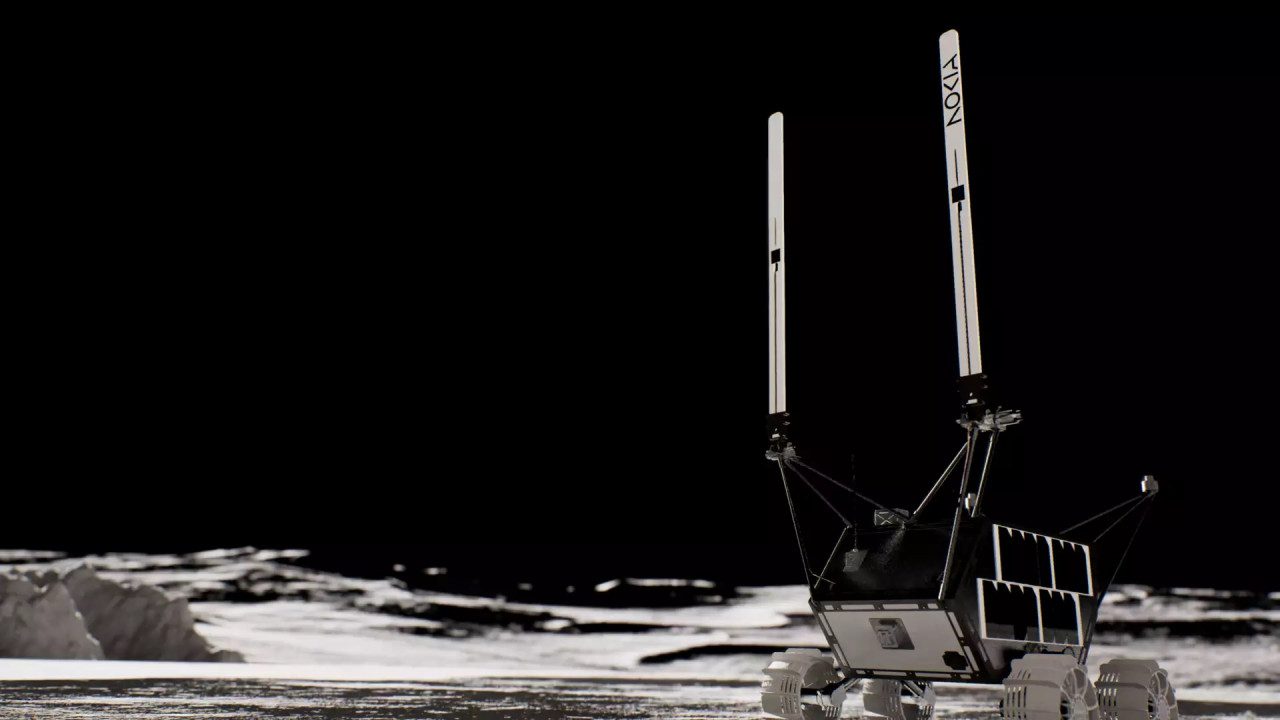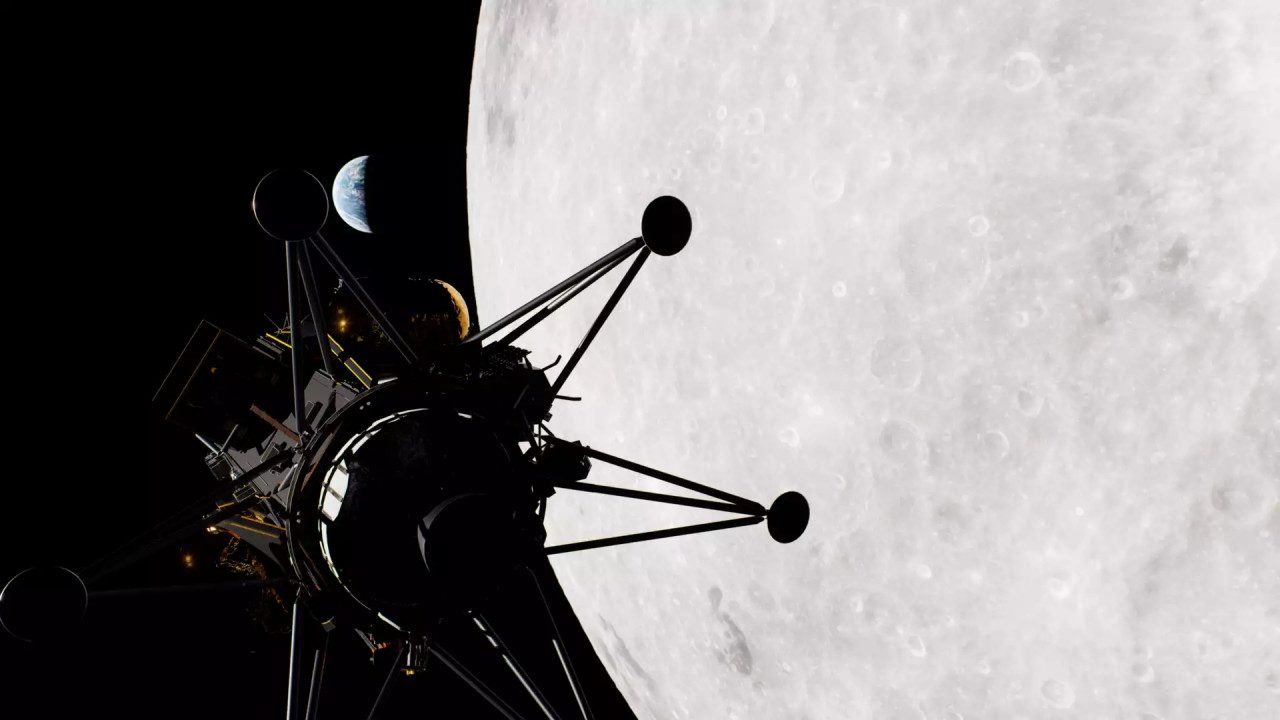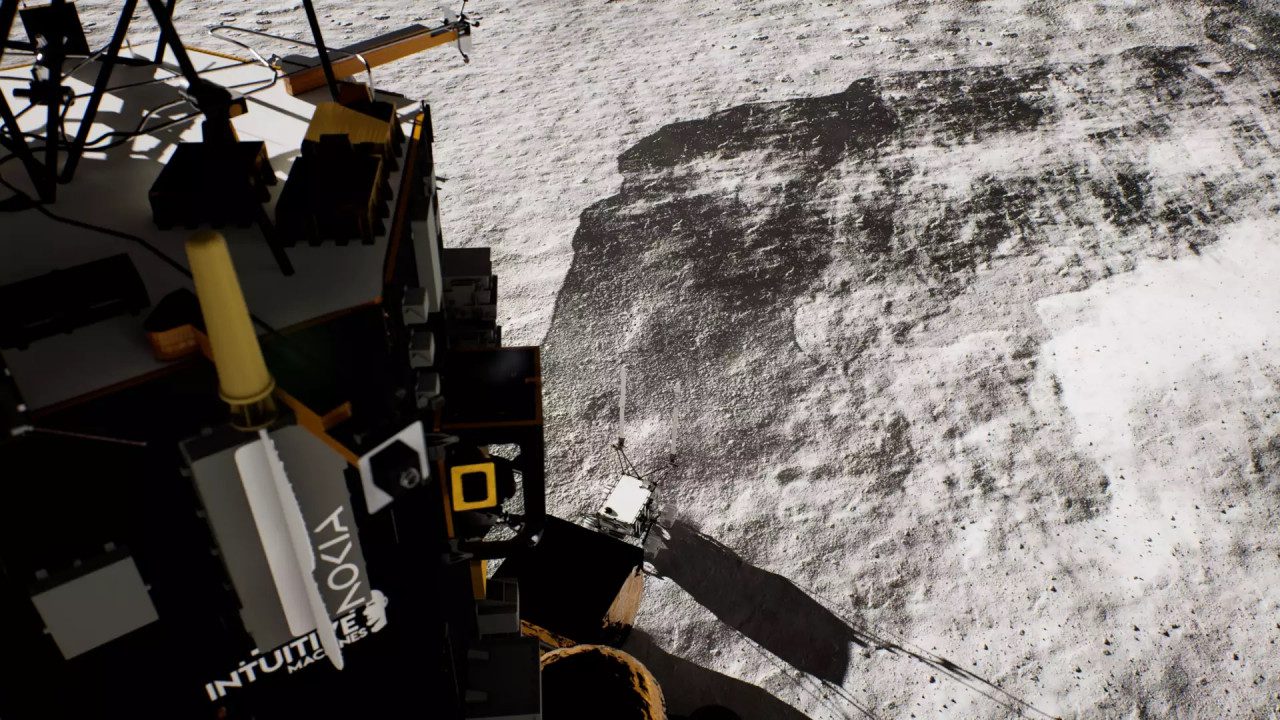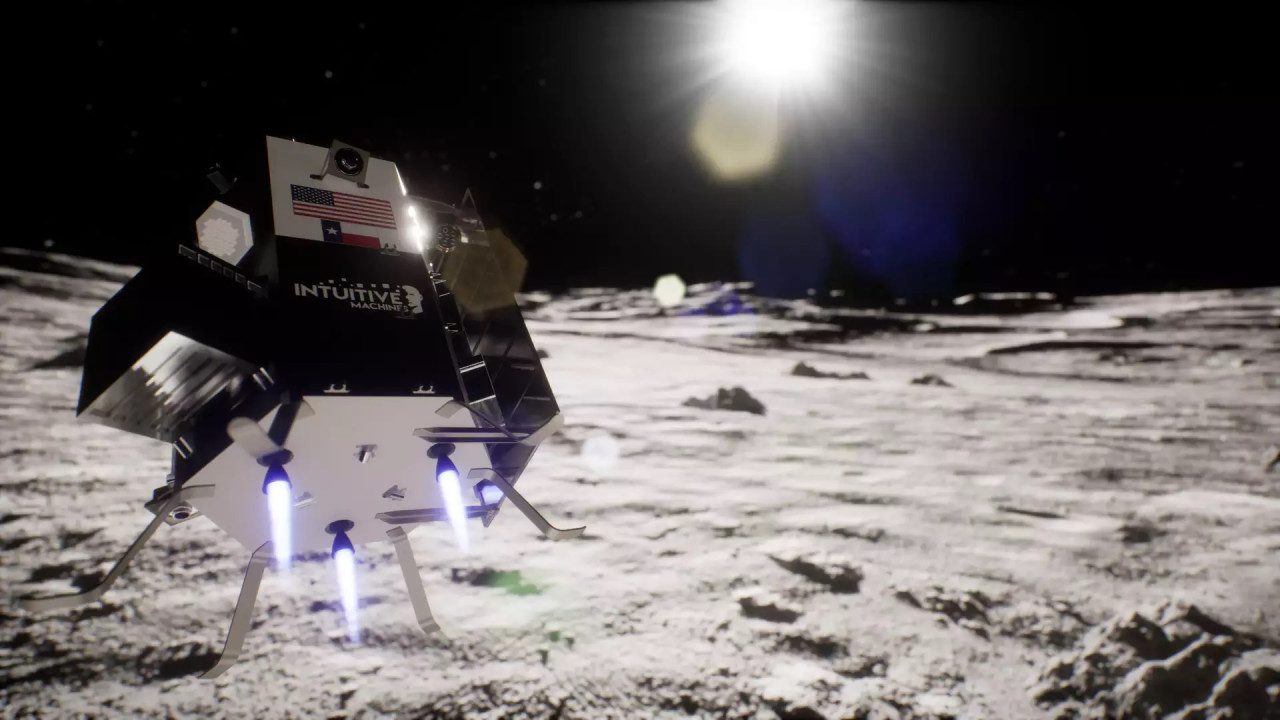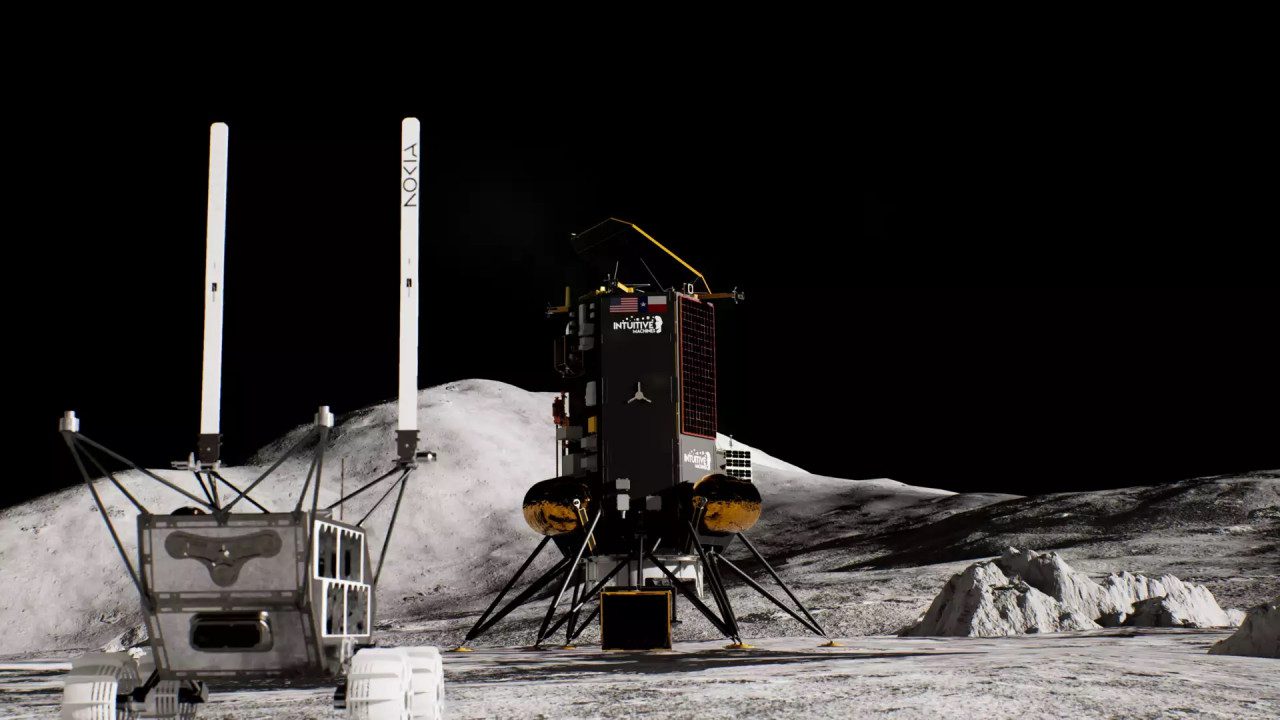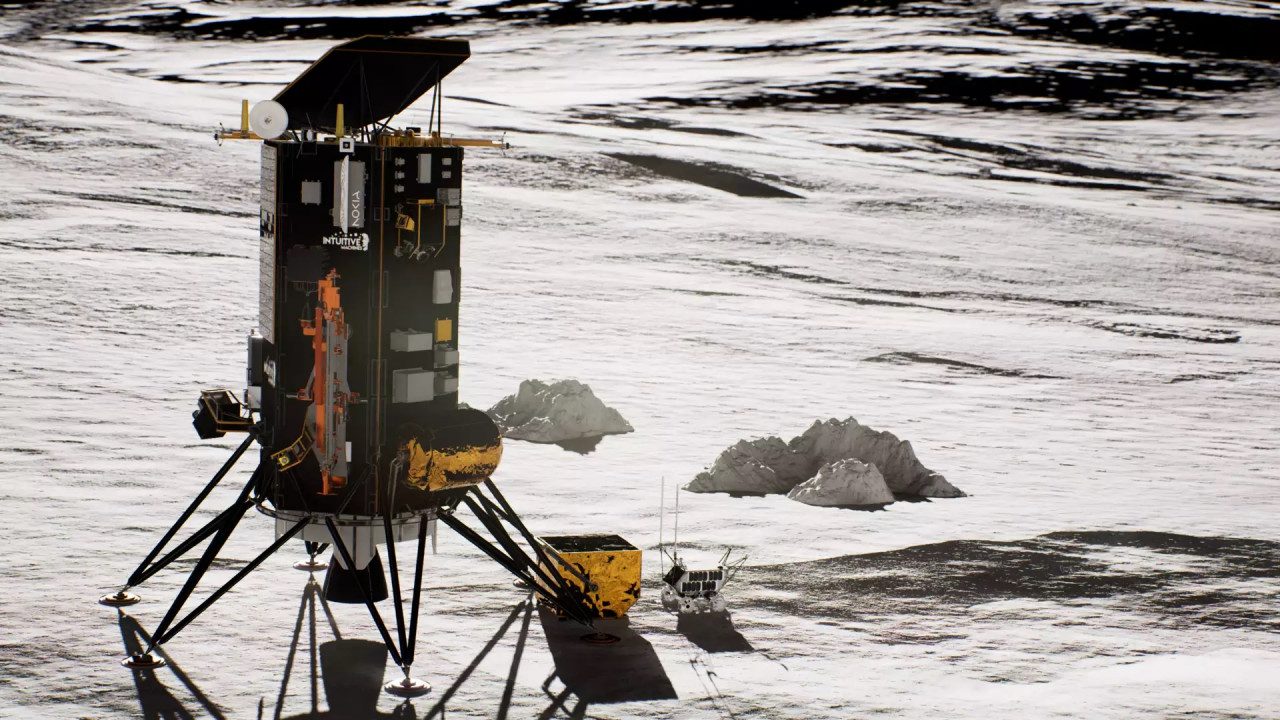Moon To Be 4G-Ready Soon
NASA has selected Nokia to make it happen.
Reread the title. Or, perhaps, this – 4G Network Is Launching Soon On The Moon. In both cases, the rhyming is uncanny, isn’t it? However, my skills to add quirks aren’t going to floor many. The most amazing aspect here is what it actually means. Earthlings will soon deploy the first cellular network on the Moon.
The story dates back a few years, but it gathered pace in October 2020 when Finish-brand Nokia confirmed that it would partner with NASA (National Aeronautics and Space Administration) of the USA to deploy an LTE/4G communications system in space. Back then, the reported expected timeline was late 2022, but things got delayed for whatever reason. Now, Nokia has confirmed that the deployment process should commence within a three-month period beginning in November 2023. However, it will all depend on the launch schedule of the IM-2 crewless lunar mission.
For the above-mentioned lunar mission, Nokia has partnered with Intuitive Machines and Lunar Outpost. The IM-2 will land at the Moon’s south pole. The communications stuff, however, has been developed by Nokia Bell Labs. The star of the show has to be the low-power, compact, and space-hardened version of the brand’s 4G/LTE microcell. It has been designed to survive the journey to the Moon and function under the celestial body’s extreme temperatures, radiation and other environmental conditions.
Moon’s first cellular network will have two primary components. The first is the base station unit, which will be integrated into Intuitive Machines’ spacecraft – the Nova-C lander. That will act as the cell site for the Moon’s network. The second will be the radio equipment fitted on two lunar vehicles – Lunar Outpost’s Mobile Autonomous Prospective Platform rover and Intuitive Machines’ Micro-Nova hopper. Jointly, they will form a network that will allow lunar vehicles and the lander to communicate with one another and establish a direct-to-Earth radio connection from the lander, which will help mission controllers receive data and images and remotely operate the vehicles.
This project gaining pace, above all, adds to the excitement. There will be those who’d be like – why not a 5G network? All I’ve got to say to them is – hey, don’t worry! You aren’t going to the Moon! So, your snap-graming and live face-tubing can carry on on Earth.
Recommend0 recommendationsPublished in News, Tech